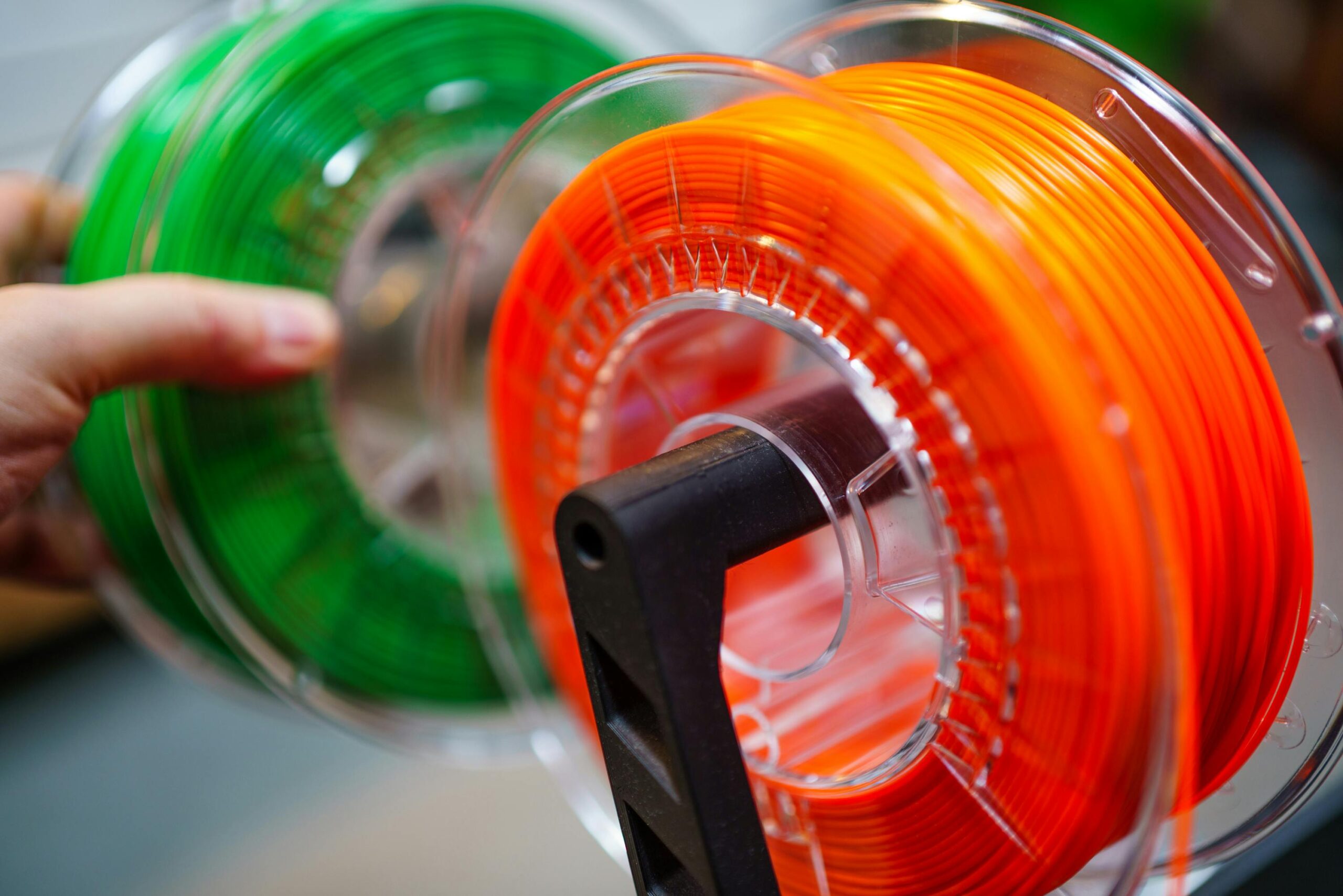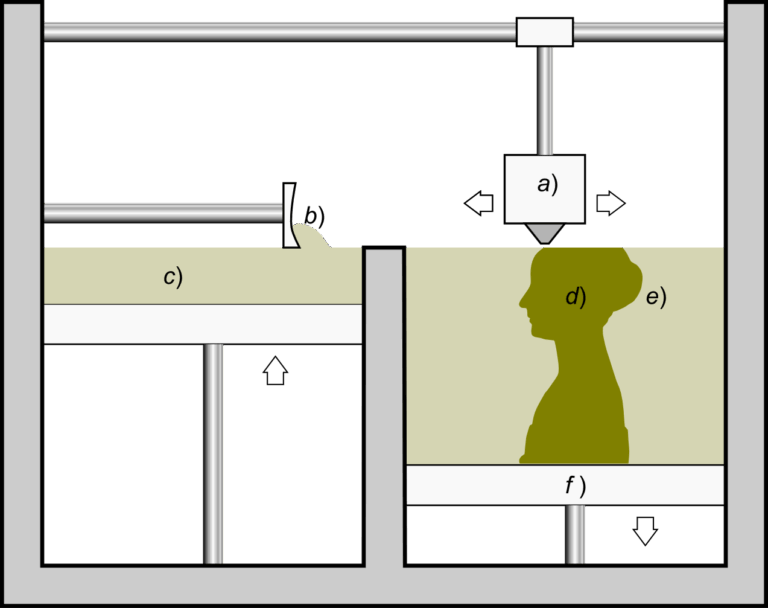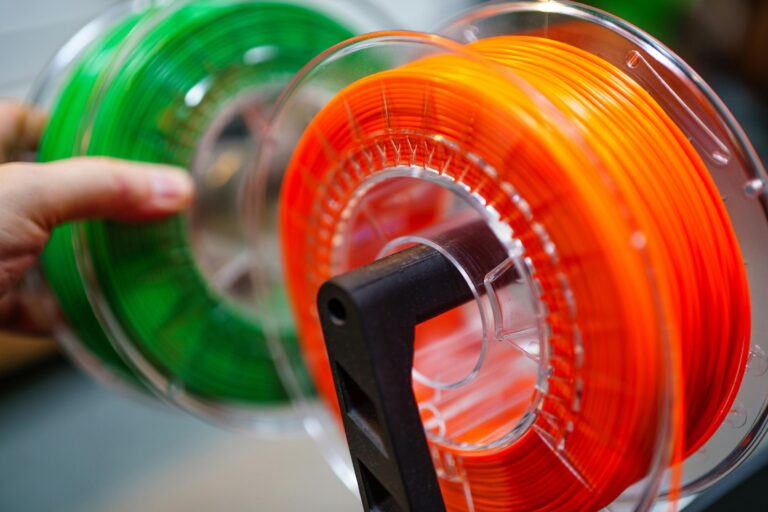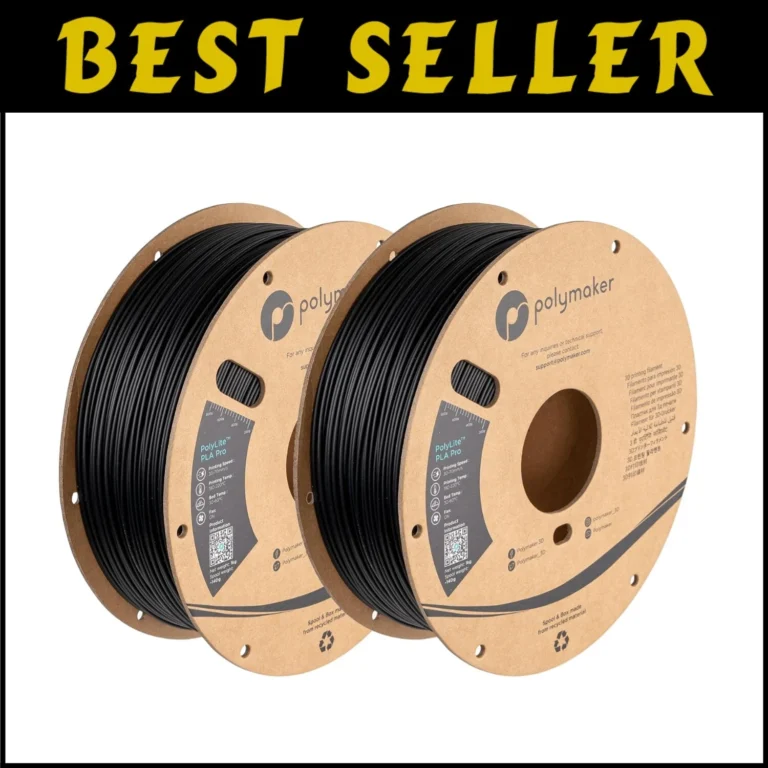ABS Filament for Industrial Applications: Strength, Durability, and Versatility in Manufacturing

Introduction
Using ABS filament for industrial applications is just right. Acrylonitrile Butadiene Styrene (ABS) filament has long been a staple in 3D printing, known for its strength, heat resistance, and post-processing flexibility. While hobbyists appreciate its mechanical properties, industries rely on ABS for demanding applications that require precision and durability. From prototyping in automotive engineering to functional tooling in manufacturing, ABS remains a go-to material for industrial-grade 3D printing. In this article, we explore the unique benefits of ABS, how it compares to other filaments, and best practices for industrial usage.
Key Characteristics of ABS Filament for Industrial Applications
1. Strength and Durability
ABS offers excellent impact resistance, making the 3D printer filament suitable for parts subjected to mechanical stress. Unlike brittle filaments such as PLA, ABS maintains structural integrity even under load.
2. High Heat Resistance
One of ABS’s biggest advantages over consumer-grade materials is its ability to withstand high temperatures. With a glass transition temperature of around 105°C, ABS outperforms PLA and PETG, making it ideal for automotive parts and machinery enclosures.
3. Chemical Resistance
ABS withstands exposure to many chemicals, including oils, greases, and certain acids. This makes it valuable for industrial applications where parts come into contact with harsh environments, such as manufacturing and chemical processing.
4. Post-Processing Flexibility
Unlike many other filaments, ABS allows for extensive post-processing. Sanding, vapor smoothing (using acetone), and painting are all feasible, making ABS a versatile material for polished industrial prototypes and final products.
Industrial Applications of ABS Filament
1. Automotive Prototyping and Functional Parts
Car manufacturers use ABS for prototyping components like interior panels, brackets, and housing enclosures. Its toughness and heat resistance make it an ideal choice for creating functional prototypes that simulate real-world usage.
2. Tooling and Jigs in Manufacturing
Factories often require custom tooling and fixtures to streamline production. ABS-printed jigs and tooling components help improve workflow efficiency while reducing costs.
3. Medical Device Casings
While ABS is not commonly used for biocompatible parts, its durability makes it an excellent choice for medical device enclosures. Sterilization methods must be carefully considered, but its resistance to wear ensures long-term reliability.
4. Consumer Electronics and Enclosures
From laptop shells to electronic component housings, ABS dominates consumer electronics due to its ability to protect internal components while allowing complex geometries.
Comparing ABS with Other Industrial Filaments
ABS vs. PLA
- Strength: ABS is tougher and resists impact better.
- Heat Resistance: ABS withstands higher temperatures, whereas PLA softens quickly.
- Post-Processing: PLA has limited post-processing options compared to ABS.
ABS vs. PETG
- Durability: PETG offers comparable strength but tends to be more flexible.
- Chemical Resistance: PETG resists certain chemicals better but doesn’t match ABS’s toughness.
- Ease of Printing: PETG is easier to print with minimal warping, whereas ABS requires controlled environments.
ABS vs. Nylon
- Mechanical Properties: Nylon is stronger but absorbs moisture, requiring special storage.
- Flexibility: Nylon bends more easily, while ABS remains rigid.
- Industrial Usage: Nylon excels in heavy-duty applications, while ABS is more versatile across multiple industries.
Best Practices for Printing with ABS Filament for Industrial Applications
1. Optimizing Print Temperature and Bed Adhesion
- Nozzle temperature: 230–260°C
- Heated bed temperature: 90–110°C
- Use adhesives such as Kapton tape or PEI sheets for better bed adhesion.
2. Managing Warping Issues
ABS is prone to warping due to shrinkage during cooling. Using an enclosure to stabilize the printing environment and maintaining an even temperature helps reduce distortions.
3. Post-Processing Tips
For smooth finishes, acetone vapor smoothing can enhance the appearance of ABS prints while improving surface strength. Sanding and painting also help refine aesthetic quality.
4. Safety Considerations
ABS produces fumes during printing, which can be harmful in poorly ventilated spaces. Always ensure proper ventilation or use an air filtration system when working with ABS.
Future of ABS Filament for Industrial Applications
1. Advancements in ABS Formulations
New ABS blends include reinforced composites with carbon fiber or glass additives, offering improved strength and performance in industrial settings.
2. Sustainability Considerations
Recycling ABS remains a challenge, but companies are developing eco-friendly alternatives such as biodegradable blends and improved recycling processes.
3. Industry Trends
The continued adoption of ABS in large-scale additive manufacturing indicates its lasting relevance in industrial applications. With developments in multi-material 3D printing, ABS will likely play a role in hybrid component production.
Conclusion
ABS filament remains a leading choice for industrial 3D printing, balancing durability, versatility, and heat resistance. Its applications range from automotive prototypes to manufacturing tooling, offering industries a cost-effective way to innovate and produce functional parts. With advancements in formulations and sustainability efforts, ABS continues to evolve as a critical material for industrial manufacturing.






